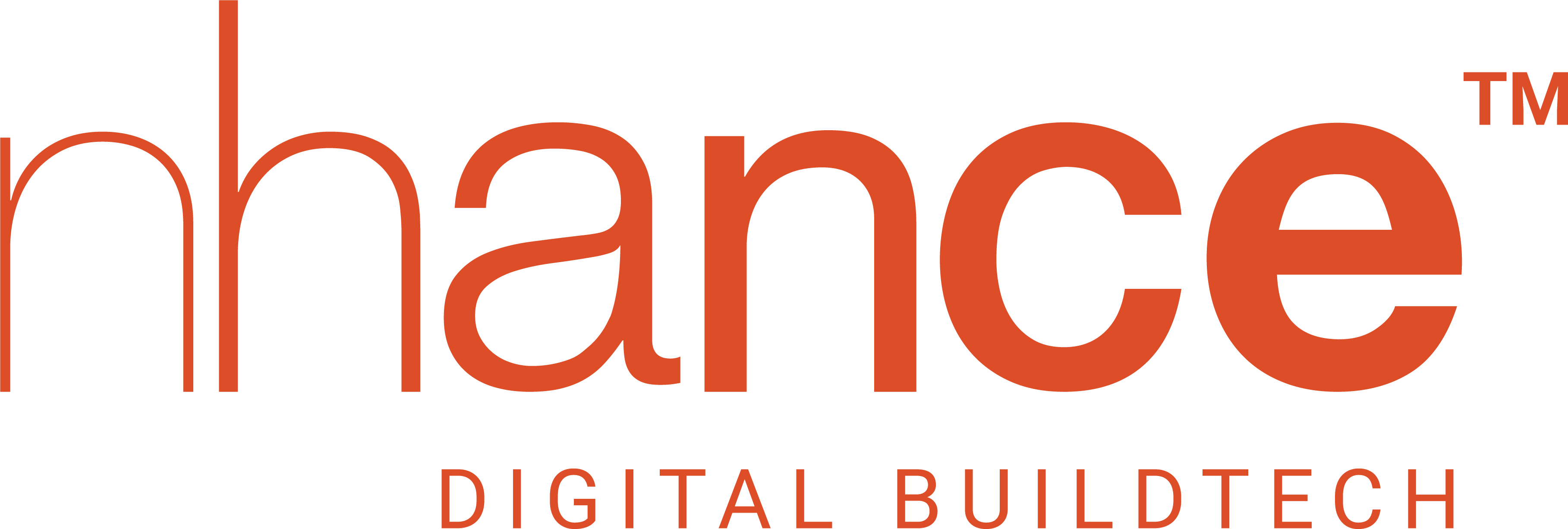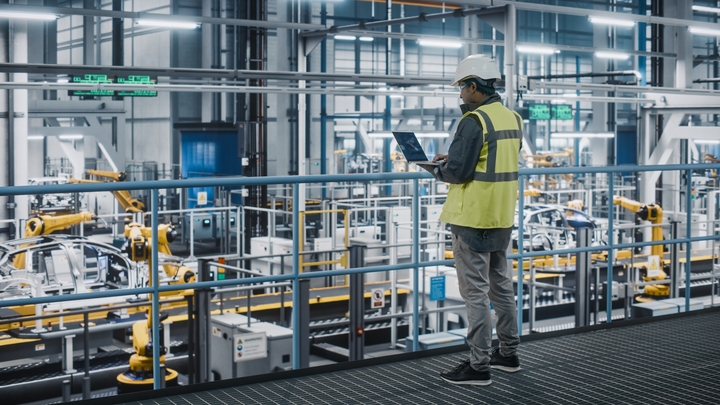The concept of the metaverse is nothing new, it has been around for more than a decade. What is new is its adoption within industries beyond gaming for which the technology has majorly been used in the past. With renowned names across industries venturing into the metaverse world, 2022 is slated to be the year the technology will take a sharper shape. And while this happens, powered by core Industry 4.0 technologies, Industrial Metaverse will also gradually find its place in the mainstream. Before we explore Industrial Metaverse, let us first understand what is Metaverse and why is it so hyped.
What Is Metaverse?
Metaverse is a term that was first coined by author Neal Stephenson in his 1992 science-fiction novel and refers to is an immersive 3D virtual environment. According to a Deloitte article, a metaverse by most definitions “is immersive, interactive, with a community aspect at the core. It may or may not require VR or AR, also known as virtual reality or augmented reality. It can include user-generated content and ownership. It’s collaborative, industrial, and can mirror real-world objects and systems.”
Though Metaverse technology is still at an evolutionary stage, it is an established fact that it will redefine the reality we live in by converging the physical and virtual world and creating a unified experience. Breaking the silos which are restricted by geographies in the physical world, the digital world in the metaverse will open up opportunities and accessibility of resources to all. No wonder, by 2024, Bloomberg estimates that the metaverse market may grow to $800 billion.
Understanding Industrial Metaverse
As an extension to Industrial IoT that is leading Industry making buildings and systems ready for Industry 4.0 by predicting, identifying, and improving through automation and digitization, Metaverse will lay the foundation for Industry 5.0 with enhanced visibility of the supply chain and logistics along with the convergence of information and operational technology available real-time in the virtual world. The immersive Meta-world will create an environment to access and utilize IoT data in innovative ways. It will further help in better control of processes and utilization of resources by offering real-time positioning rendered in a 3D world.
With Industrial Metaverse coming into the picture, immersive 3D environments will create highly collaborative and user-friendly experiences that will allow seamless integration of various processes and functions in the virtual world. Processes like training, maintenance, etc could all be done in remote setups without compromising on the quality and connectedness. Using the mixed reality the industrial building and asset management will also become more streamlined and seamless.
The Metaverse Advantage
By creating a mirror world, Metaverse will build an informationally-enhanced digital model of the physical world which would subsequently enable immersive collaboration between tools, sensors, software, hardware, and other assets and technologies. Using augmented reality in the Meta-world, industries will be able to enhance the physical world using location-aware systems and interfaces to generate integrated information. It will lead to a more intelligently managed facility that will help optimize cost, time as well as resources. By creating a digital map of the manufacturing units on the metaverse, it will become easier for systems to capture, manage and analyze data for spatial reference and asset management.
While most industries are slowly moving towards Meaverse adoption others are resorting to a wait-and-see approach and staying focused on deployments of AI and accelerating digitization. At present we are sitting at the beginning of the industrial metaverse revolution. It will be interesting to watch out for the progress the technology makes within the sector and the way it will transform the ways industries have been functioning until now.








